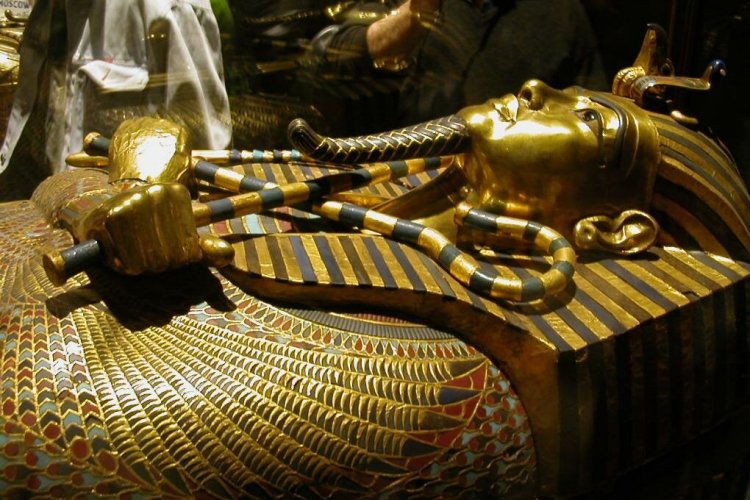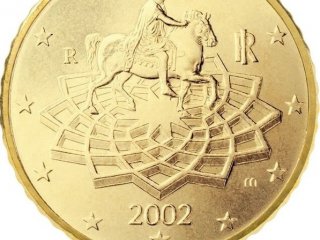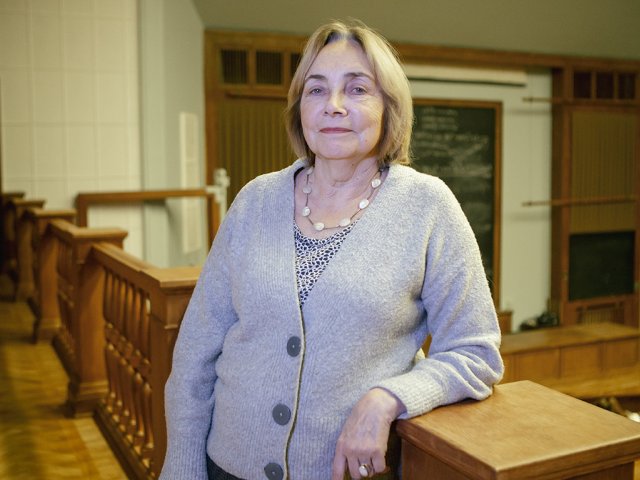
The English archaeologist Howard Carter became interested in science at the age of seventeen. As if by a magnet he was drawn to Egypt and to the main source of knowledge about its history: tombs of pharaohs in the Valley of the Kings, which lies on the bank of the Nile, opposite Thebes. The site of the ancient Egyptian city of Thebes today is occupied by Luxor.
Carter was a fairly well-known person in the scientific world when he got incredibly lucky: he became acquainted with Lord Carnarvon and managed to get the attention of the rich lover of antiquities. Starting in 1914, they worked together and only the outbreak of the First World War prevented the archaeologists from conducting their research. And as soon as the war made it possible, they resumed their expeditions. Five seasons of work brought no result, and the generous sponsor was beginning to lose his patience. The sixth season promised to be their last, but Carter got lucky again. On November 4, 1922, he arrived at the excavation site and was greeted by excited workers: they had found a step! In two days, they dug out fifteen more steps and reached a stone door. After the arrival of his sponsor Lord, Carter opened the stone door and finally made the greatest archaeological discovery of the 20th century: he found the tomb of Pharaoh Tutankhamun, the only tomb not emptied by robbers over the past three millennia. All the gold found in the tomb (and it contained more than five thousand items) was nothing compared to the value of scientific knowledge about the history of Egypt during the Pharaonic period that these excavations produced. Previously, historians doubted the existence of Tutankhamun at all, and Howard Carter himself said in an amazingly figurative way, “With the current state of our knowledge, we can say with certainty only one thing: the only remarkable event in his life was that he died and was buried.”
After comparing the dates, a number of researchers suggested that it was Howard Carter's discovery that gave Soviet leaders the idea to embalm Lenin's body and put it in the mausoleum.
























